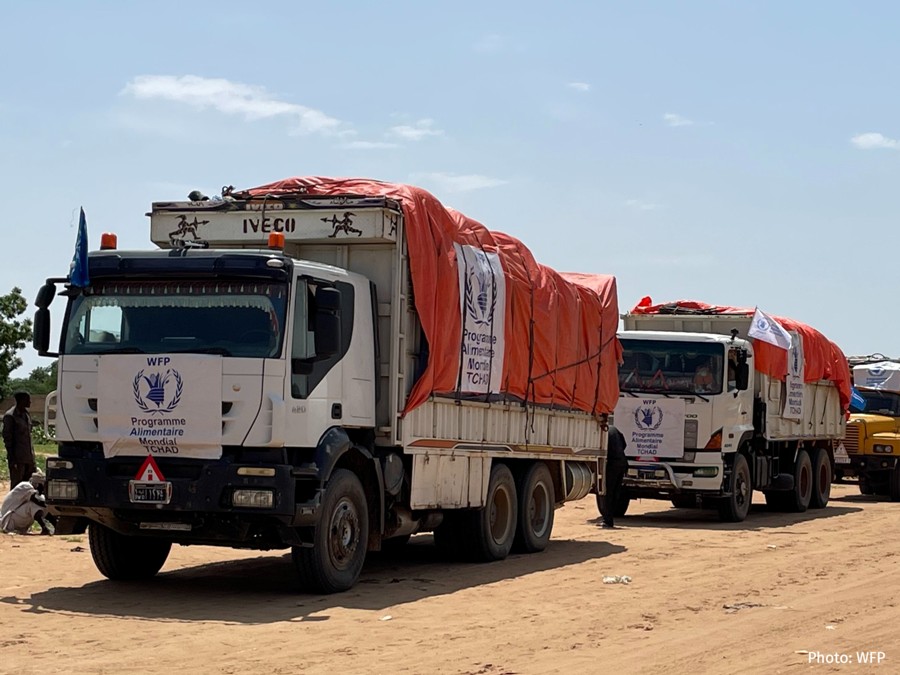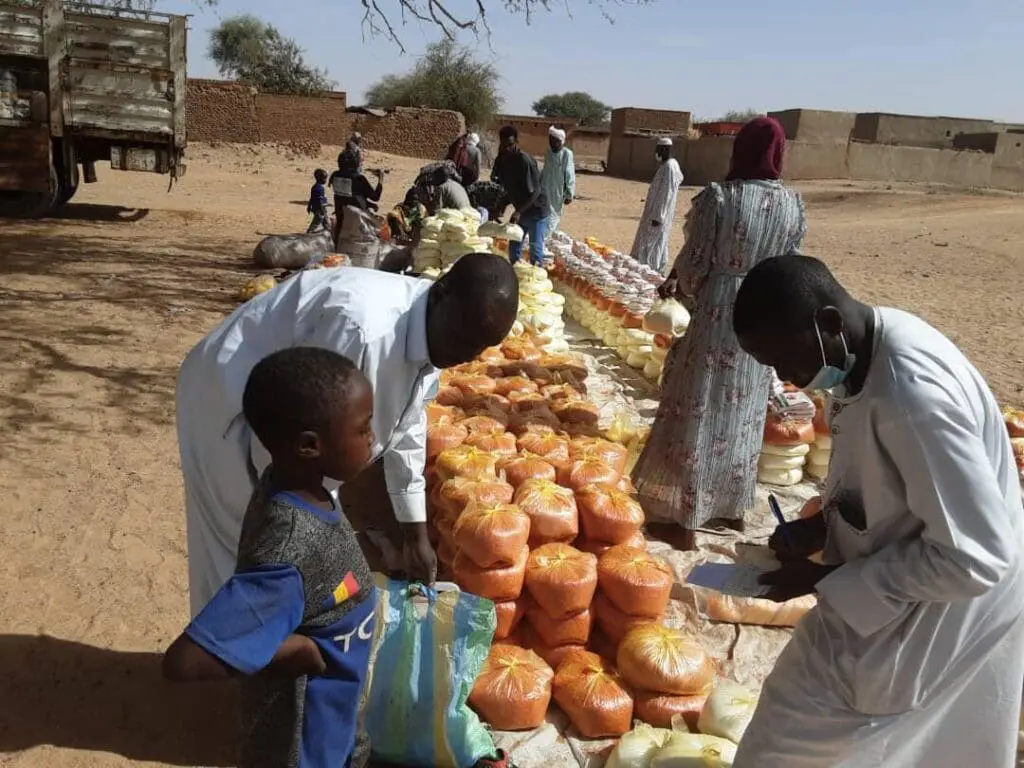KHARTOUM, Sudan — The United Nations World Food Program (WFP) announced Wednesday that its trucks carrying urgently needed food and nutrition supplies have successfully entered Sudan’s Darfur region, marking a critical development in addressing the area’s dire humanitarian crisis.

The first convoy of trucks crossed into Darfur on Tuesday evening from Chad via the Adre border crossing, which had been closed for six months by Sudanese authorities. This initial shipment contained enough food to support approximately 13,000 people in West Darfur, with the WFP reporting that supplies for about 500,000 more individuals are ready to be transported through the same route.
WFP Director Cindy McCain emphasized the urgency of the situation in a statement, saying, “We urgently need to reach every corner of Sudan with food assistance – and this requires humanitarian corridors and all border crossings to be open so aid agencies can bring in supplies every single day. This is the only way to avoid widespread starvation.”
The humanitarian crisis in Sudan has been exacerbated by a war that began over a year ago between the country’s military and a rival paramilitary group. According to UN figures, the conflict has resulted in more than 18,800 deaths and over 33,000 injuries since mid-April 2023.

McCain hailed the reopening of the Adre crossing as a crucial step in preventing the spread of famine across Sudan, stating, “It must now stay in use. I want to acknowledge all parties for taking this vital step to help WFP get lifesaving aid to millions of people in desperate need.”
The Adre crossing had been closed since February, with WFP managing to send only two convoys through in March and April. Without access to this route, the agency was forced to use a longer and more dangerous path into North Darfur through the Tine crossing in Chad, as well as routes from Port Sudan that required convoys to cross conflict frontlines and areas controlled by various militias.
The United Nations has described the situation in Sudan as the world’s worst humanitarian crisis. The International Organization for Migration (IOM) reports that more than 10.7 million people, nearly half of them children, are internally displaced within Sudan, while over 2 million have fled as refugees to neighboring countries.

Mohamed Refaat, head of the IOM mission in Sudan, recently stated, “Almost all people displaced across Sudan — 97% — are in areas with acute food insecurity or worse. Over the next three months, an estimated 25.6 million people will face severe food insecurity as the conflict spreads and coping mechanisms are exhausted. One out of two are struggling to put food on the table every single day.”
The reopening of the Adre crossing and the arrival of WFP trucks in Darfur represent a glimmer of hope in an otherwise bleak humanitarian landscape. However, aid agencies stress that sustained access and increased support will be necessary to address the massive scale of need across Sudan.
As the situation continues to evolve, the international community watches closely, hoping that this development will lead to improved humanitarian access and a potential path towards alleviating the suffering of millions of Sudanese caught in the crossfire of conflict and crisis.



